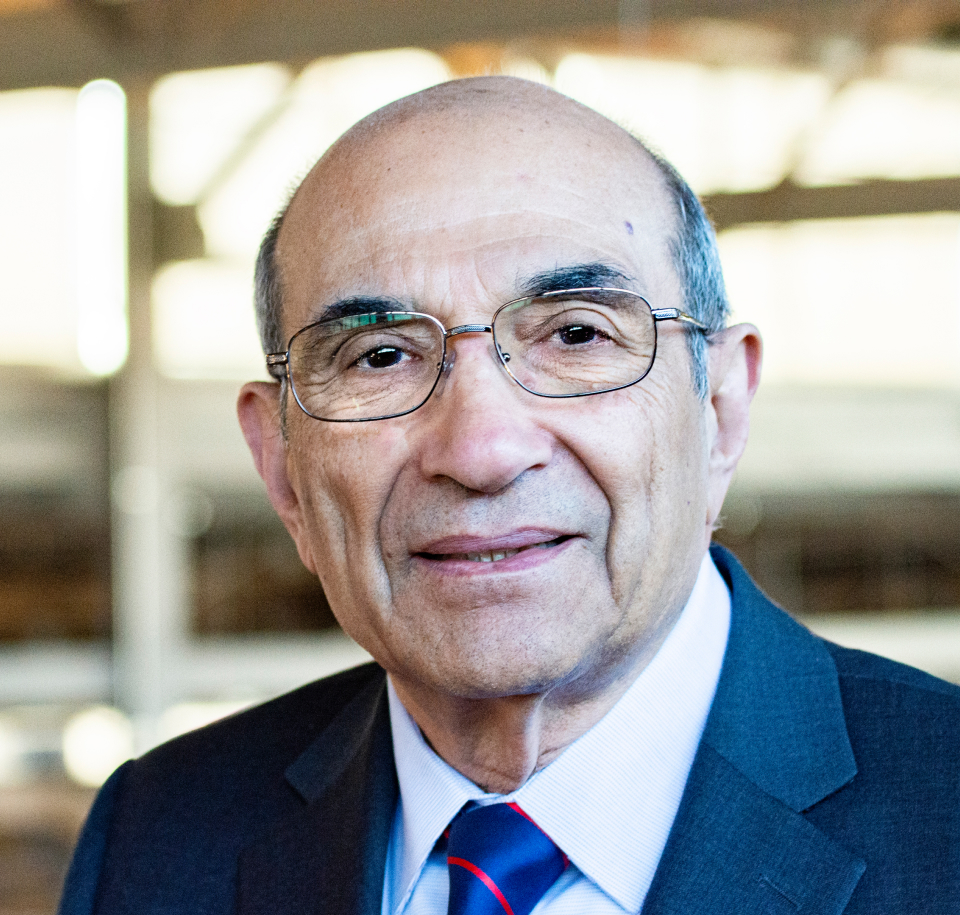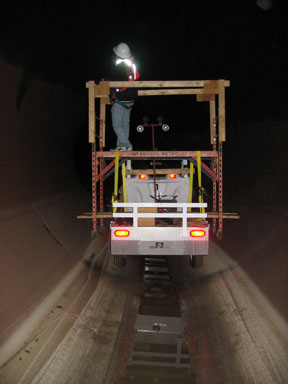Weston, MA
Hultman Aqueduct
Scope/Solutions
For many years, the Hultman Aqueduct delivered nearly all the drinking water to the Boston area. The aqueduct had never been shut down for inspection or maintenance during that time due to its nonredundant nature. The Massachusetts Water Resources Authority (MWRA) wanted to determine the condition of the aqueduct for future service and to undertake internal repairs of distressed joints. Following the completion of the MetroWest Water Supply Tunnel, MWRA was able to dewater a section of the Hultman Aqueduct for the first time since its construction in the late 1930s.
SGH conducted a condition inspection of the 1.8 mi long, dewatered section of the aqueduct. Highlights of our work include the following:
- Performed an internal inspection and sounding of the 150 in. dia. concrete cylinder pipe
- Identified areas of highest concern based on previous structural analyses of the pipe
- Tested the areas where the pipe was highly stressed using nondestructive impact-echo and impulse response to detect cracking in the outer core
- Conducted surgical destructive testing that included removal of the inner core and steel cylinder to document the condition of the joints, the outer core, and corrosion on the steel cylinder
- Performed laboratory testing, including petrography and chloride content analyses, to characterize pipe condition
Project Summary
Solutions
Repair & Rehabilitation
Services
Structures | Advanced Analysis | Applied Science & Research
Markets
Infrastructure & Transportation
Client(s)
Jacobs Engineering Group
Specialized Capabilities
Repair & Strengthening | Buried Infrastructure | Materials Science | Microscopy
Key team members


Additional Projects
Northeast
MBTA Lynn Commuter Rail Station
SGH led a multidisciplinary team to evaluate the condition of the facilities at the Massachusetts Bay Transportation Authority (MBTA) Lynn commuter rail station and recommended repairs.
Northeast
Railroad Bridge over Otter Creek
SGH helped them by evaluating an alternate design and construction sequence to allow them to complete the project with limited weekend shutdowns of the railroad operations.

